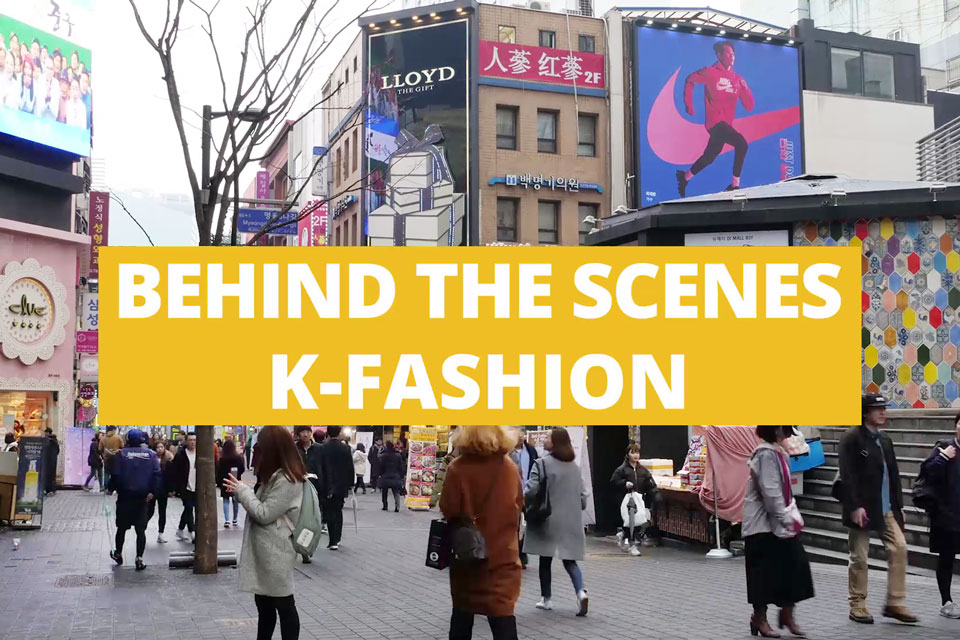Midnight on a Friday: A time when most office workers are going home after their work and evening hoesik. But in Dongdaemun’s Shopping Town, the day is just starting. Giant malls like Nuzzon, whose only clients are wholesalers, come to life with the rising murmurs of the crowd. Wholesalers and ‘purchasing uncles’ — who deliver goods from the wholesalers to retail stores — travel from across South Korea to fill the midnight market.


